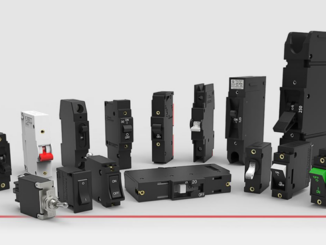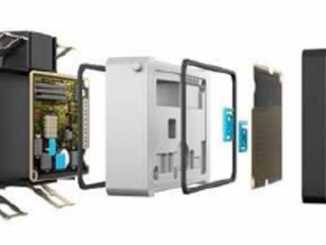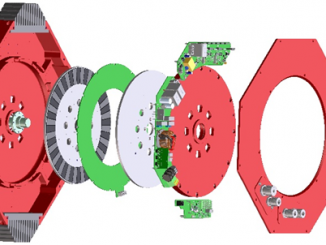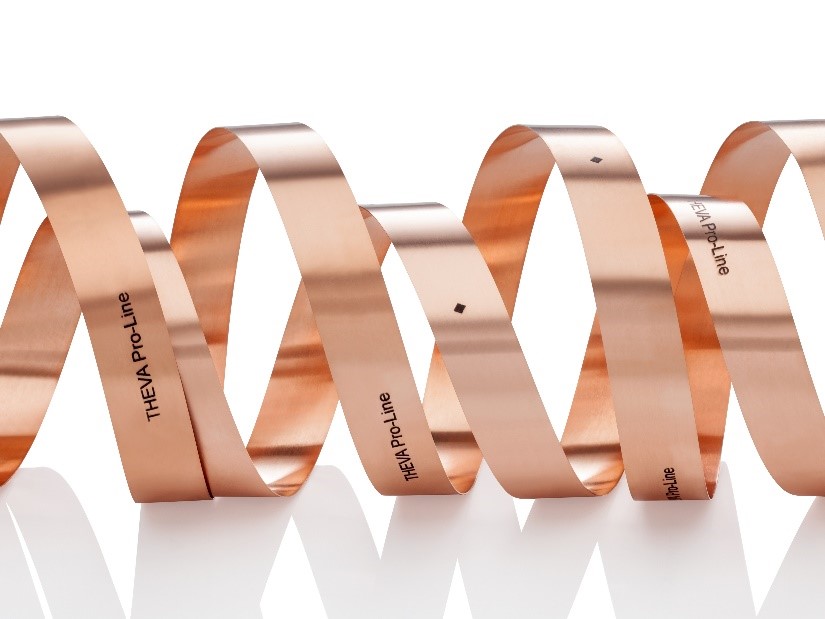
THEVA, a German developer of high-temperature superconducting wire – notably which is very pricey compared to copper wire but has extraordinary magnetic properties, is making important progress in demonstrating the effectiveness of its wire for use in windpower turbines and electrical transmission lines. Its practicality in more uses is coming also, the company believes.
Its latest project is a consortium with four other partners that intends to build a high-temperature superconducting (HTS) transmission line in Munich. Called SuperLink, it will be the longest in the world by far. The group jointly announced their plans in June, resulting in a development application to the German Federal Ministry of Economy.
Located in Ismaning near Munich, THEVA Dunnschichttechnik GmbH currently produces superconductors in series. As part of this project it will expand its product portfolio to include a conductor designed specifically for the cable application. HTS cables for electrical power distribution in cities are projected to be one of the most important and highest-revenue market segments for superconductors.
This project features extreme compactness combined with environmental neutrality, especially compared to conventional cables and overhead lines. The new HTS cable is designed to make the Munich electrical grid ready for the future. Following successful completion of the subsidized development project, plans call for the construction of a 12-kilometer high-voltage line between the main transformer station in Menzing and the Munich South load center using HTS.
THEVA’s main objective is to reach a wide market with superconductors by producing them in series, seeking to make the technology competitive in pricing with copper conductors. Accordingly, CEO Dr. Werner Prusseit says that he is very happy about this joint project.
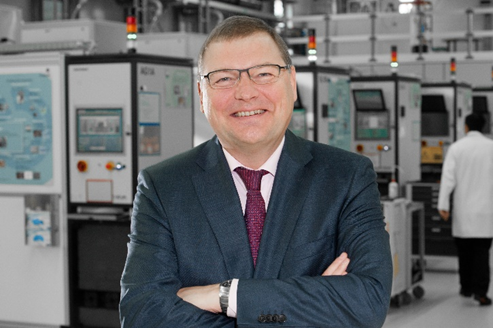
“For years there have been successful grid demonstrations of HTS cables all over the world. But now, right here in our front yard in Munich, we have a situation that is predestined for superconductors – the transmission of high power with minimal losses and minimal disturbance to the public. This is a landmark project that will be a major step towards the commercial implementation of superconductor technology in the grid.”
“We want to make Munich’s energy grid ready for the future,” said Jeorg Ochs, CEO of consortium partner SWM Infrastruktur, the Munich public works company. “To do that while minimizing the need for construction of transformer stations and additional cable routes in built-up areas, we need solutions that are easily integrated. With its ecological aspects HTS technology is an innovative, economical and readily acceptable alternative to existing systems. Energy transmission is higher, and losses are lower, despite smaller cable diameters, which also helps us reach our CO2 savings goals for the grid.”
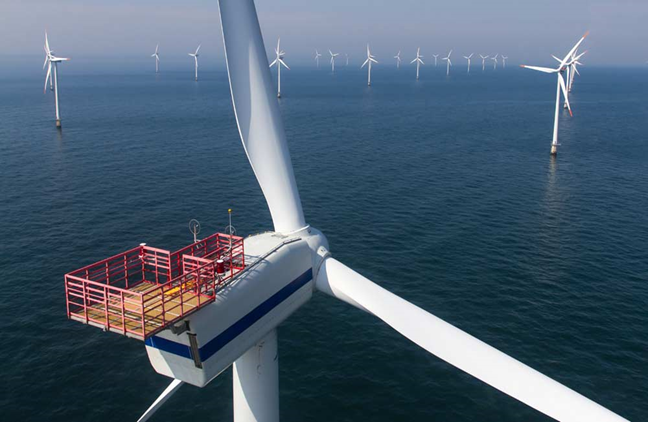
THEVA recently concluded its work on the Ecoswing demonstration project in Denmark in which its superconductor wire was used to replace a permanent-magnet generator in a modern 3.6-megawatt wind turbine. THEVA designed and delivered superconducting coils for the generator. In May, the project was successfully completed after the turbine reached its target output of 3 megawatts and delivered power to the grid for over 600 hours.
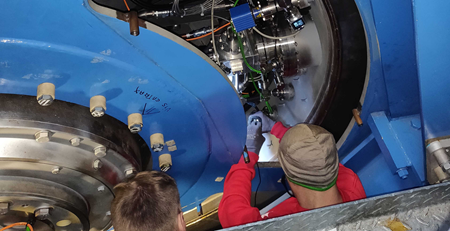
“Superconductors have become an indispensable technology for future energy supply,” commented Prusseit. They are 40 percent lighter with the same performance. This wind turbine is a landmark.” Just as in aircraft construction, weight is a very important factor for large wind turbines. The use of superconductors can reduce weight while maintaining the same power as standard generators. Furthermore, the electrical resistance of superconductors is close to zero, enabling a reduction in conductor cross-section. “A promising alternative for developing a new generation of wind power plants”, confirmed the Fraunhofer Institute for Wind Energy Systems (IWES) in a press release.
The windfarm operator of the EcoSwing project is Danish Envision Energy Aps. EcoSwing was funded with 10.5 million EUR by the EU Horizon 2020 program. While currently only concept studies for superconducting wind turbines exist, this constituted the first application under real-life conditions.
The EcoSwing generator was successfully tested at IWES in Bremerhaven last March. After commissioning and field installation, the last milestone was reaching the target power output. The cryogenic cooling system, which cools the superconducting coils down to minus 240 degrees Celsius, as well as the superconducting coils, have proven to be particularly robust and reliable. The cooling system of the wind power generator was stable over seven months of operation. This is a major step for series maturity, noted Prusseit.
The generator has 40 coils. Each is about 1.4 meters long and 0.2 meters wide, which adds up to around 25 km of superconducting wire, explains Dr. Markus Bauer, VP business development at THEVA. This corresponds to about a quarter of current annual production capacity at the company’s headquarters in Germany.
There are yet a few steps that need to be taken for the breakthrough of superconductors in wind power plants. The next step will be a small series production run to gain experience in continued operation. THEVA sees a good chance that superconducting generators can reach a relevant market share for big wind turbines in the future, said Bauer.
THEVA is pursuing several goals with their first series production of superconductors in Germany. On the one hand the cost of superconductors needs to become competitive with copper. On the other hand, this technology facilitates the necessary innovation and progress in energy supply and drive technology. Accordingly, THEVA has a portfolio of superconductors tailored to the needs of various applications.
“Basically, anything is possible”, says Bauer. “Generator manufacturers can wind coils in different sizes, geometries and performance levels with our material”. Superconductors have the benefit of reducing size and weight to an extent not otherwise possible. As a result, costs are lower for foundation, supporting structures, installation space and logistics.
Wire Structure and Production

The company’s Pro-Line wire is characterized by a very high-power density as well as various possible applications and different kinds of electrical stabilization. It is produced in layers on a non-magnetic steel substrate. The first layer is an isolating MgO layer which is vaporized via the company’s patented ISD process. A cap layer completes the MgO layer. Both layers preset a crystalline orientation which will be adopted by the following superconductor layer.
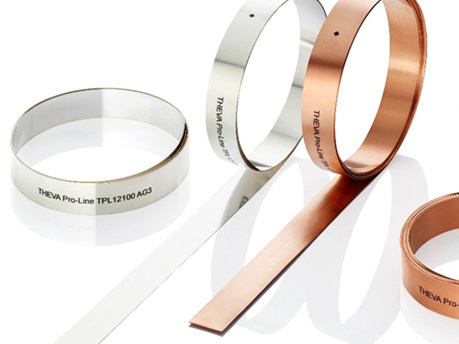
This orientation improves the crystalline structure and therefore current carrying capacity of the superconductor. Subsequently, a silver layer is vaporized as a contact layer. Tailored to the later application of the wire, a copper layer functions as electrical stabilization. The sophisticated design and processing result in good mechanical and magnetic properties, particularly small bending radii, high tensile strength as well as exceptional performance in magnetic fields.
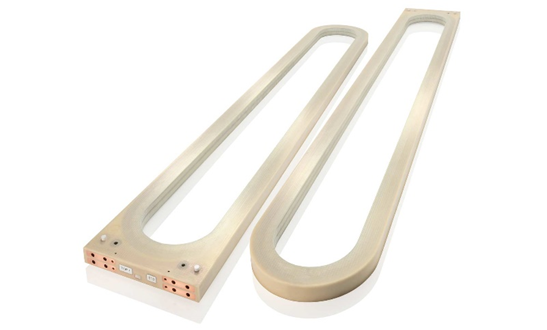
From the wire, THEVA also can develop and produce coils of different sizes and performances such as those used in the EcoSwing wind turbine which resulted in a lower size and weight of the generator. The maximum size for coils is currently 1.4 m (4‘7“). Depending on the application, different potting compounds can be used to stabilize the windings and enable efficient cooling.
Other Applications in Magnet Technology
In magnet technology, high-temperature superconductors fulfil two important requirements, explains THEVA. Moderate fields can be created more easily and compactly which is particularly important in medical technology and in high-end research & development. Peak powers can be achieved with THEVA Pro-Line that were previously unattainable, the company says. Solenoids with THEVA Pro-Line can be dry cooled without expensive helium and are far less susceptible to quenching than conventional superconductors, enabling higher operating reliability and less expensive cooling technology.
The company foresees other key applications for the future use of its superconductor products because of their ability to enable smaller and more compact motors, generators and drive systems in many markets. Drive technology such as for ships often requires small and light engines. They can bring high performance to the smallest of spaces, opening new development potential and supporting other mobile solutions.
Industrial drives are a further important application field. Superconducting motors offer higher dynamics, enabling faster cycle times in production. At the same time, the contact pressure compared to hydraulic systems can be dosed far more accurately, resulting in higher product yield as well as higher throughput. Another application is seen in electrical drives for airplanes which have extremely high demands for a compact design and low weight.

Founded in 1996, THEVA now has more than 20 years of experience in coating technology and equipment engineering. Its patented production technology gives it a unique approach to superconductor manufacture, the company says. It has invested over 15 years in development to build its commercial HTS plant in Ismaning and today employs about 50 people.
Its growth has been aided by several rounds of investor funding. In 2012, two powerful venture capital partners, Target Partners and BayBG, came on board. Since 2016 eCapital and Bayern Kapital have also been supporting the growth of the company. As of the third financing round in 2017 EnBW New Ventures is also among the investors.
For more info, visit: www.theva.com.

